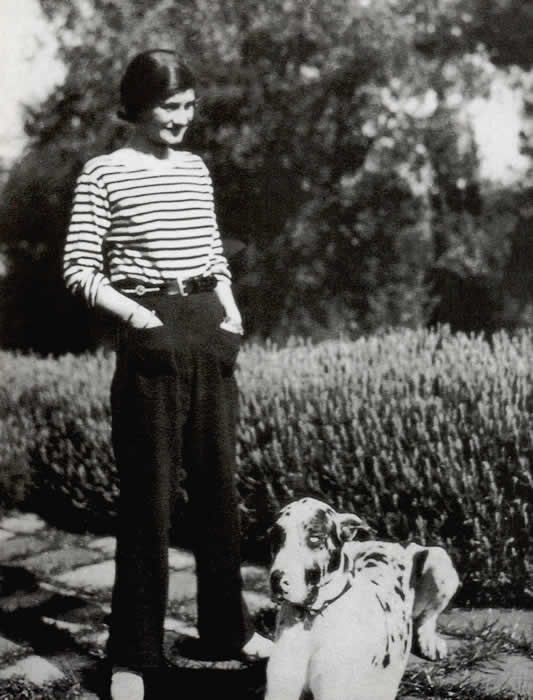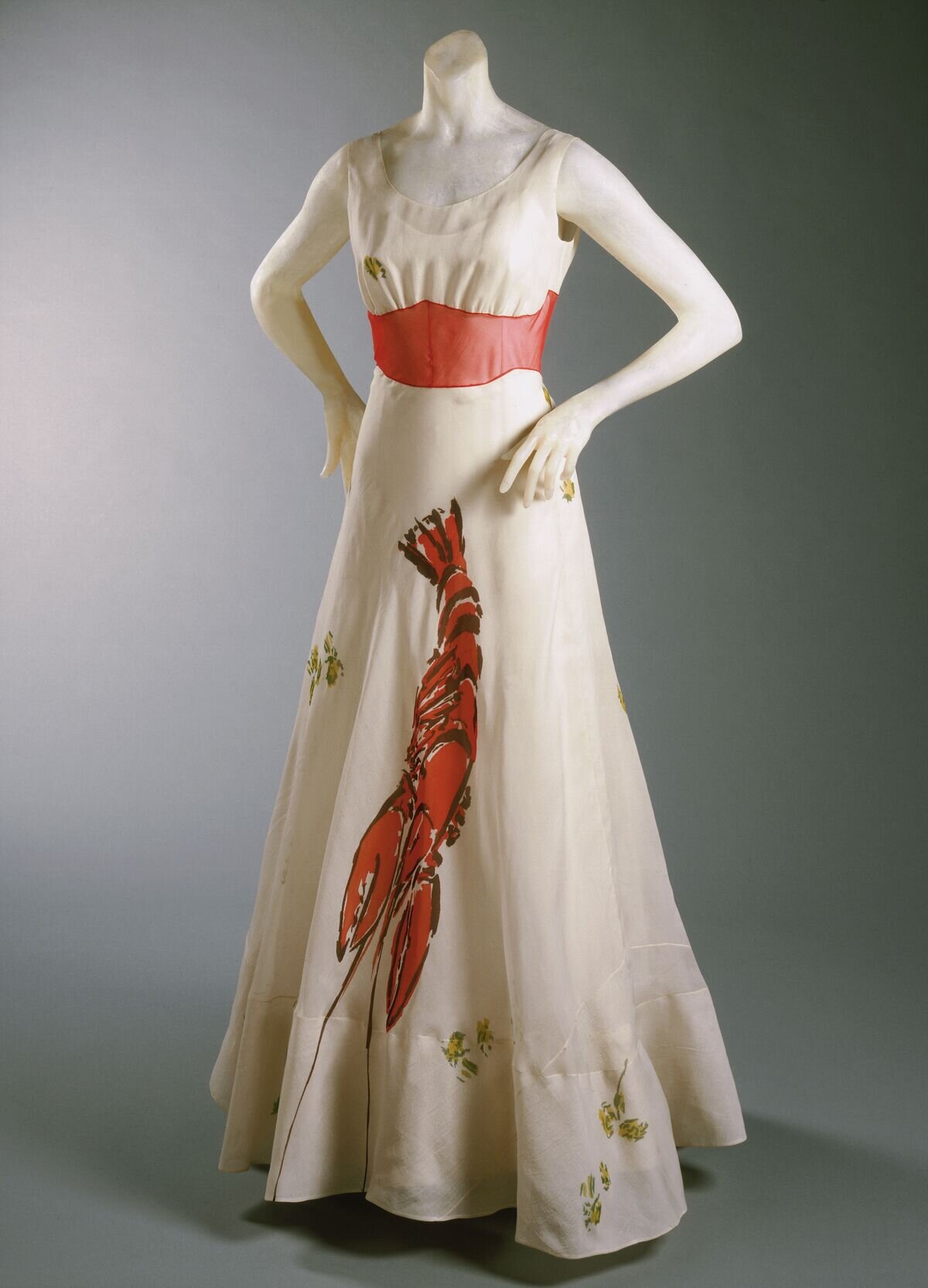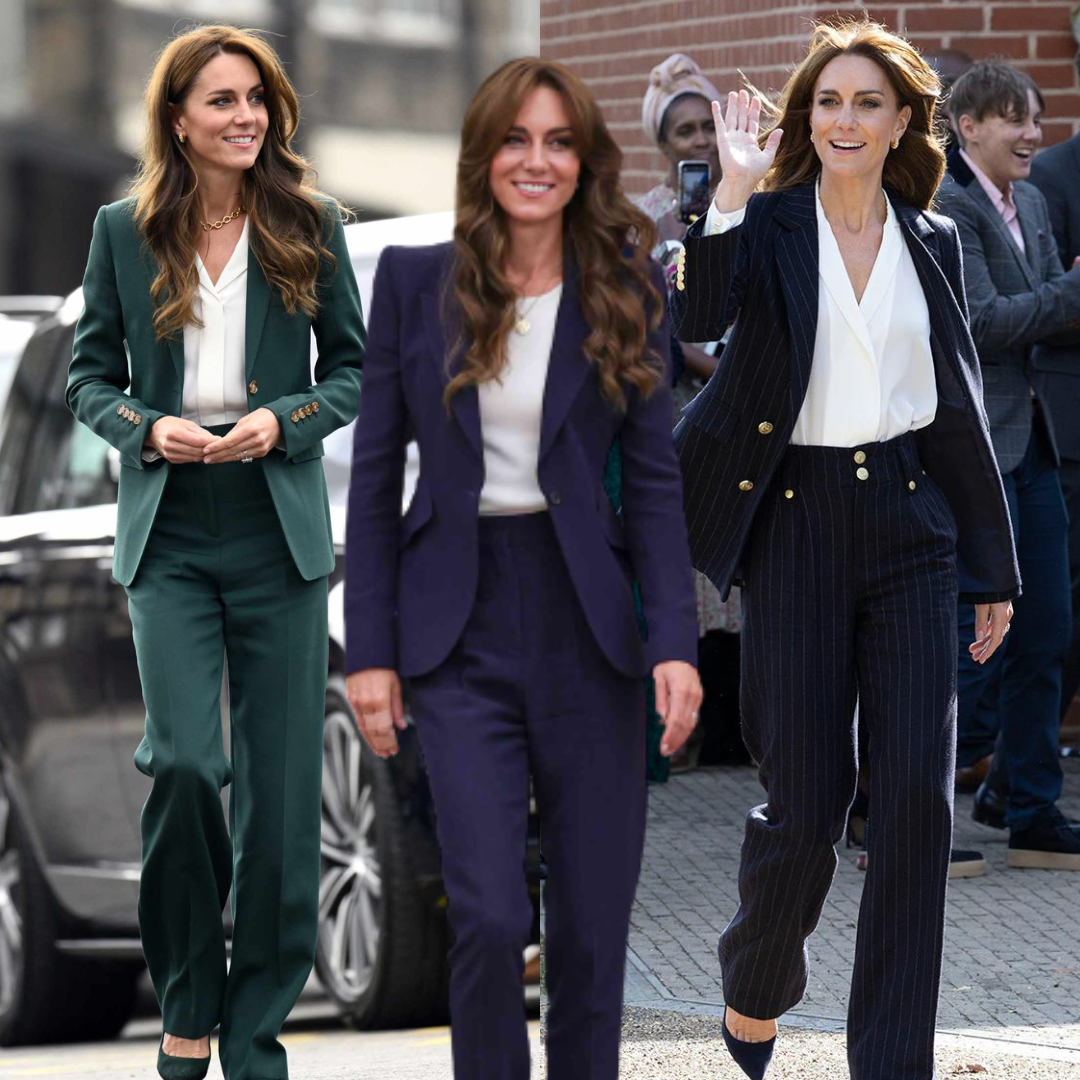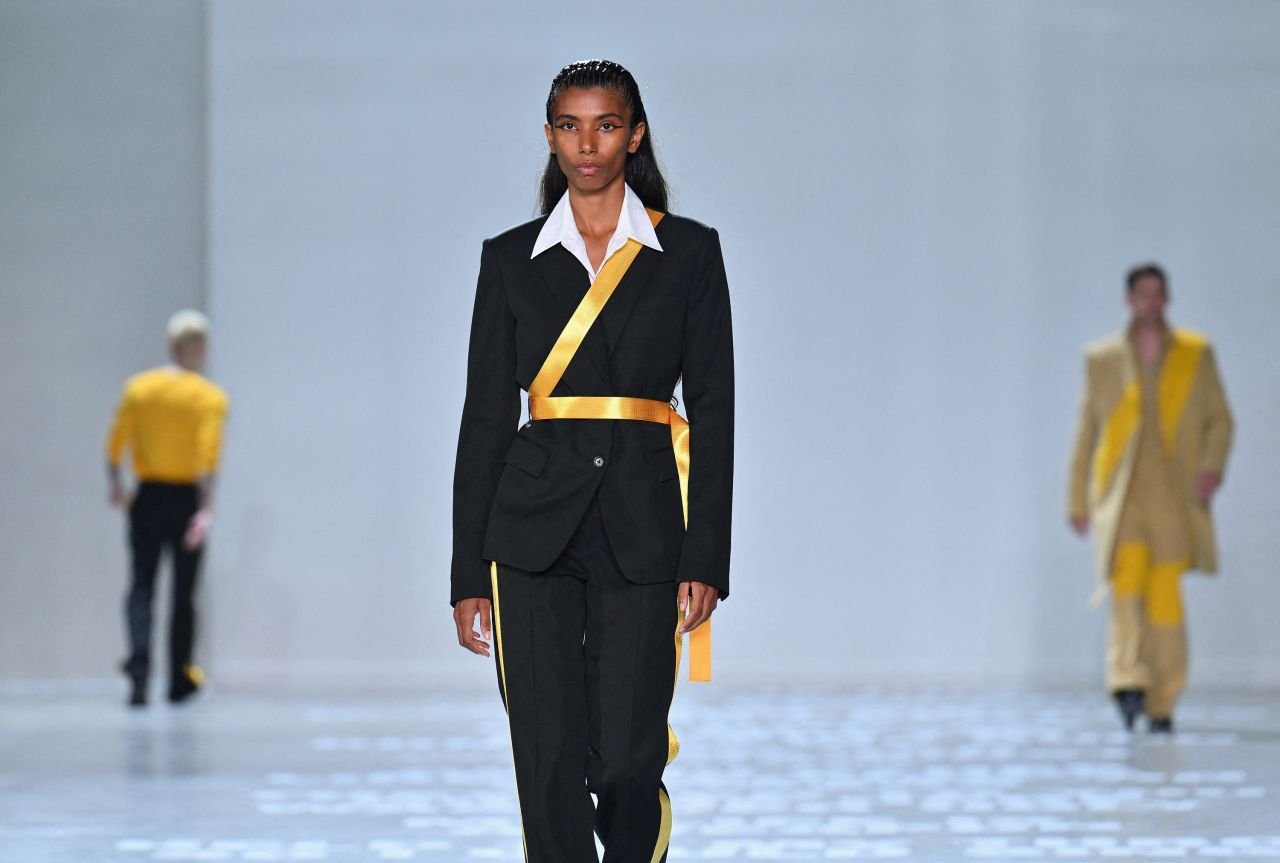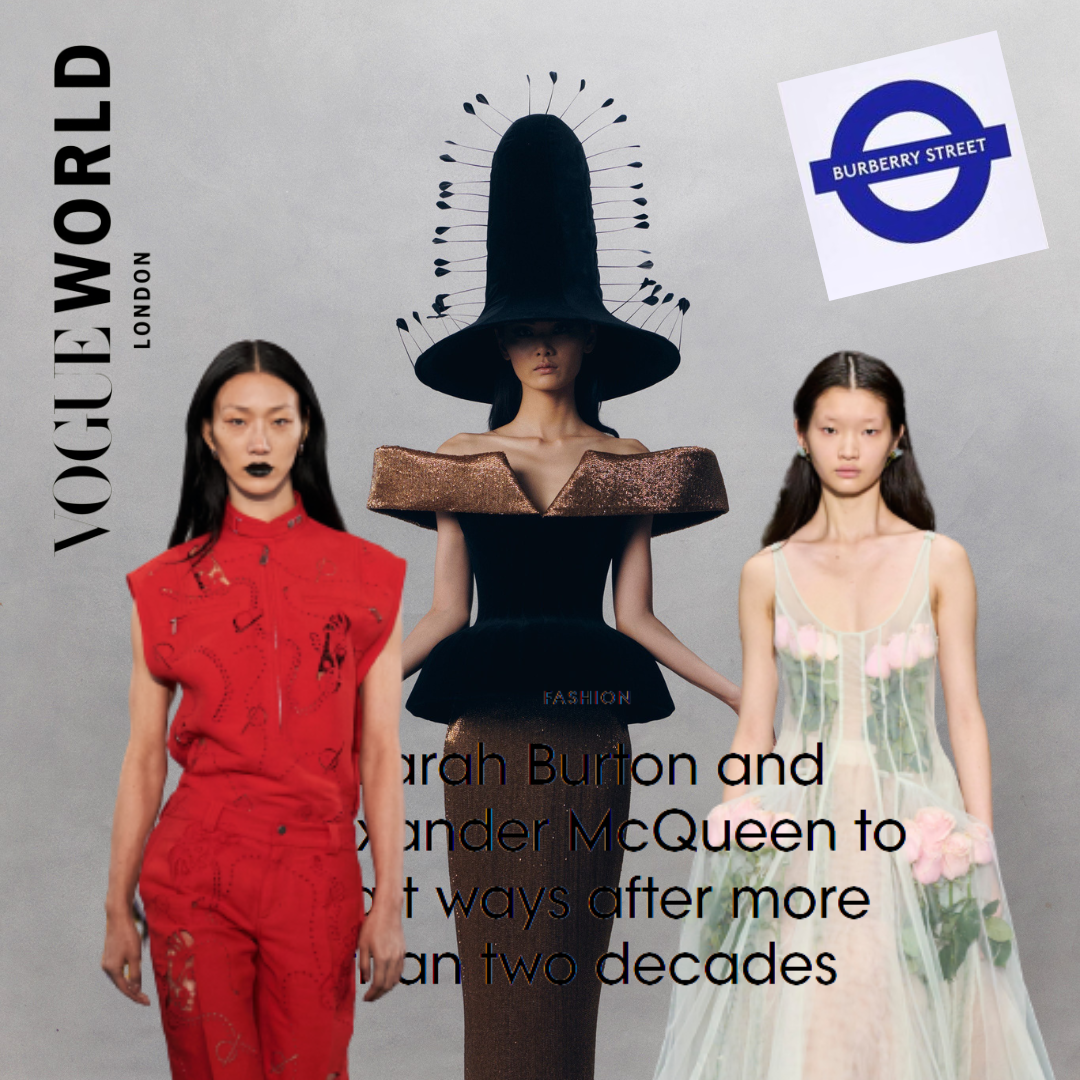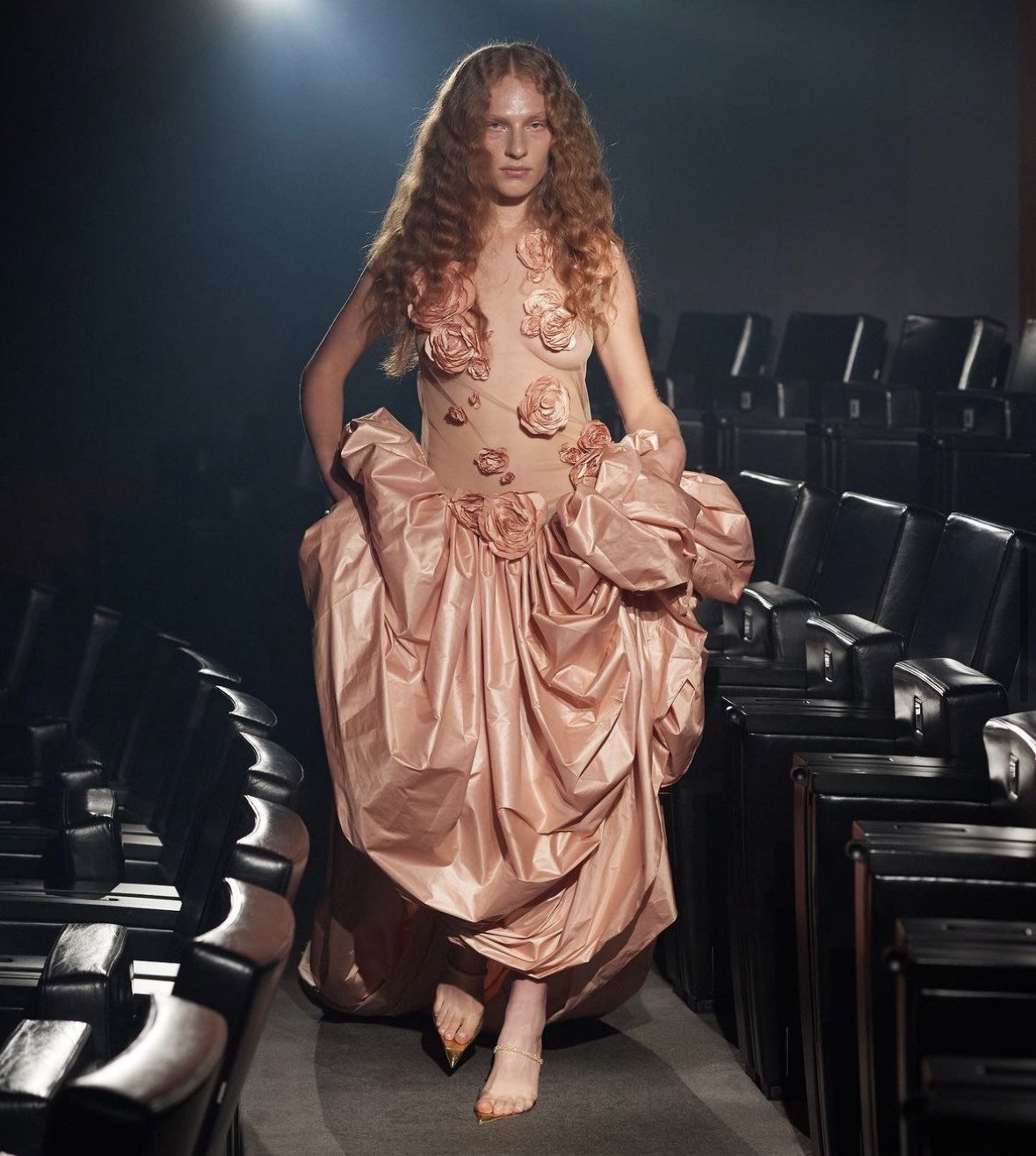The Fiery Feud Between Coco Chanel and Elsa Schiaparelli
If you asked someone to name a list of iconic fashion designers from the 20th century, you would probably find Chanel rather high up on their list, and you may even hear them say Schiaparelli. However, that name would most likely fall rather lower down the list. The designs of Coco Chanel and Elsa Schiaperelli during the 1930s were like chalk and cheese. Coco opted for sleek and neutral, whereas Elsa was working alongside the surrealist art movement of the 1930s. It was inevitable that tensions would rise between the two - and rise they did!
When you think of Chanel today you may think of it as classic, same-old-same-old but chic, but during the 1910s and 20s Chanel was revolutionary.Chanel has a longstanding legacy and timelessness awarded to very few brands, being created by Gabrielle Bonheur (Coco) Chanel in 1909 as a millinery brand.
Whilst many women were still opting to wear corsets and full length gowns like that of the Edwardian era, Chanel’s fashions included trousers and soft-knit tops, taking much inspiration from men’s fashion. Coco very quickly became the it-designer, not just of Paris, but of the rest of Europe and eventually the USA.
By the 1930s the Parisian art movement had moved into Surrealism where everything was dreamlike and distorted. So, while Dali was creating trippy art, Coco’s fashion designs began to seem rather tame in comparison and it was only going to get worse. Elsa Schiaparelli was born in Rome in 1890 to an aristocratic family. Much like Coco she was a woman who knew what she wanted, so she refused to marry any of the rich suitors offered to her by her parents, instead running away and marrying a psychic medium who got them kicked out of England for illegal practices. They moved to the USA, he got Elsa pregnant then abandoned her and their new born baby. Elsa returned to Europe around 1922 and delved headfirst into the Surrealist and Dada art movements that were beginning to make waves. By 1927 she began selling her famous trompe l’oiel sweaters - a knit sweater that weaved a shirt collar into its design.
The famous lobster dress by Elsa Schiaparelli. Philadelphia Museum of Art, Gift of Mme Elsa Schiaparelli.
As the years began to pass, Schiaparelli became highly popular with celebrities from Wallis Simpson to Marlene Dietrich, and the brand Schiaparelli began to soar. Chanel never truly lost its popularity during the 1930s. So even though people fell in love with Elsa’s designs, they just weren’t to everyone’s taste, but still Coco was intimidated and frankly hated Elsa for how popular she had become. Coco had learnt to sew during her time in an orphanage as a child, but Elsa had no form of training in sewing, instead creating her designs via draping. Coco decided to girlboss and gatekeep and judged Elsa for this lack of formal training, giving her opponent the moniker ‘That Italian artist who makes clothes.’ At least she gave the respect of referring to her as an artist? Elsa, of course, had her own name for Coco, choosing to call her ‘that hat maker’, for the fact that Chanel began as a milliner.
While their rivalry was generally all just verbal, there was one occasion where it apparently got fiery – literally – when Coco set Elsa on fire. At one of the last costume balls in Europe before the outbreak of WW2, Chanel ‘accidentally’ caught Schiaparelli’s dress on fire. After asking Elsa to dance with her, which was a toxic idea to begin with, Chanel steered her rival, who was dressed as a tree, into a chandelier lit with candles. Before too much damage could be caused, guests quickly doused Elsa in soda water, extinguishing the flames.
Before their squabbles could progress any further, war meant that both ladies had no choice but to shut down shop. Whilst Elsa stayed out of the limelight while the war waged on, Coco became a Nazi spy. You can learn more about that in another article I wrote about Chanel! After the war, Schiaparelli tried to reignite her brand, however it shut down in 1954. Coco would release a new fashion collection in black and white which took American’s hearts, eventually the French and the rest of Europe were once more in a love affair with Chanel and its timeless style.
Coco would have been secretly pleased to see Elsa’s brand disintegrate, but Schiaparelli hasn’t been completely lost. The brand was revived in September 2013 with Italian designer Marco Zanini at the helm, and it has been accelerating in popularity ever since. Just the other week Bella Hadid took the fashion world's breath away when she wore Schiaparelli Haute Couture Fall/Winter 21/22 at the Cannes Film Festival. With Daniel Roseberry now its designer, Schiaparelli takes inspiration from the Surrealist ideas of Elsa and modernises them. Chanel isn’t going anywhere anytime soon, but there is something gratifying seeing Schiaparelli back and on such a high.
Perhaps I just have a bias over Elsa, after all, Coco was a Nazi.
